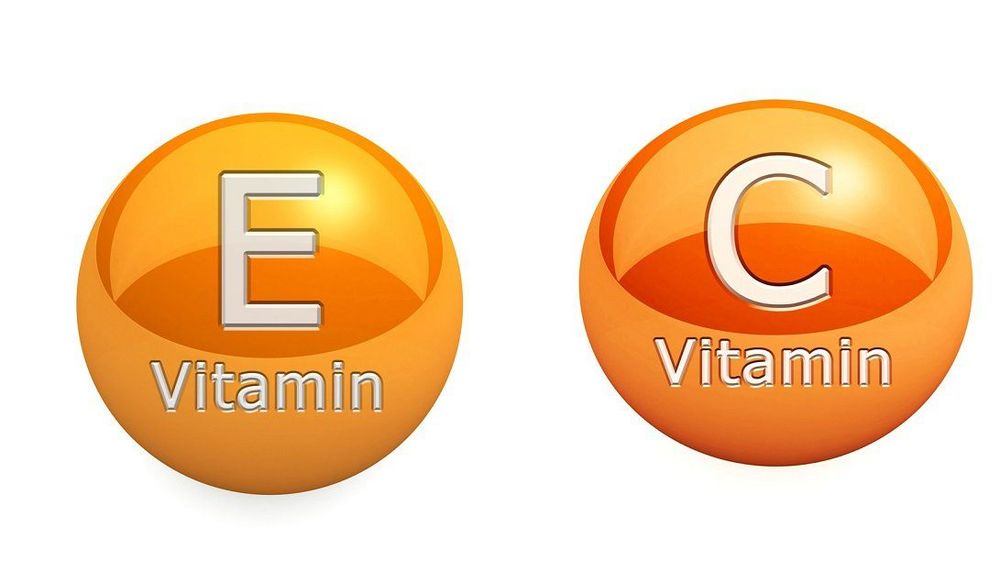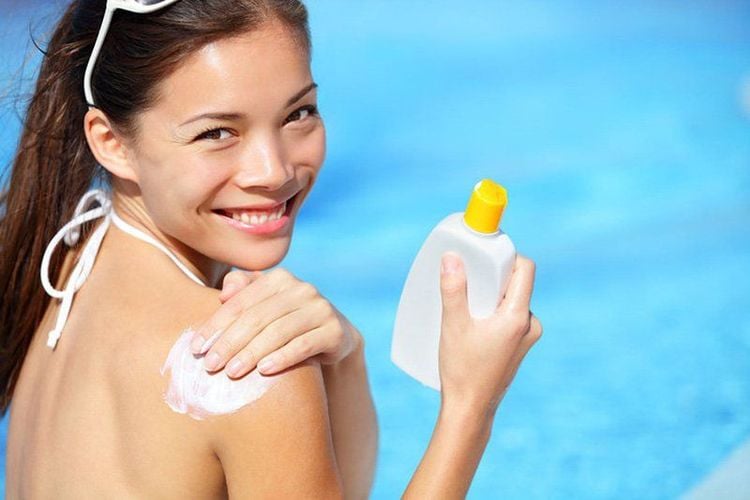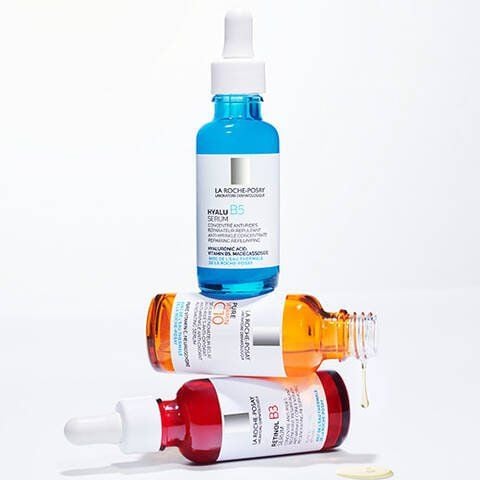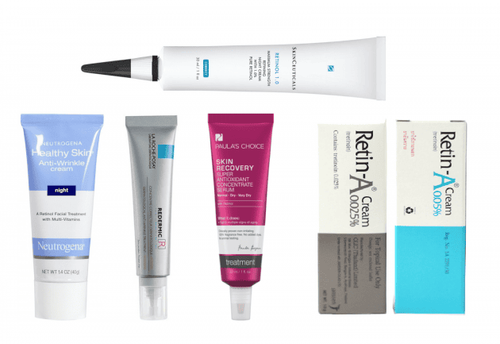This is an automatically translated article.
If you are a follower of beauty care, you will probably know the sayings like drink vitamin C, take vitamin E to take care of beauty,... So have you ever thought, will their power become more powerful? What if they were put together? Let's follow the following article to learn the effects of this combination as well as the notes when we combine the ingredients together.1. Do's and Don'ts when combining skin care.
You may have heard many tips in skincare books and ingredients like retinol, vitamin C, hyaluronic acid... are all A-list ingredients that bring out the best in your skin, but How do they work when combined with other ingredients?The answer is that it depends on the ingredients you are going to combine them with. Not all ingredients work well when combined, and some can even limit the effects of others. So, to maximize effectiveness, here are five powerful ingredient combinations to remember. In addition, things to absolutely avoid.
2. Which ingredient is suitable for vitamin C group?
2.1 Vitamin C and ferulic acid According to Dr. Deanne Mraz Robinson, assistant professor of dermatology at Yale New Haven Hospital, ferulic acid works to fight free radicals to prevent and repair skin damage, while prolonging Extends shelf life and increases effectiveness of vitamin C.The strongest forms of vitamin C are often the most unstable, such as L-AA, or L-ascorbic acid, which means that these serums are vulnerable to light light, heat and air. However, when combined with ferulic acid, it helps to stabilize vitamin C so that its antioxidant power does not disappear into the air.
2.2 Vitamin C combined with vitamin E Vitamin E itself is not a skin care ingredient. Normally, it is still taken vitamin E to prevent deficiency of this vitamin. But when combined with vitamin C, it has a good effect in skin care. That's the conclusion from the Linus Pauling Institute at Oregon State University. They claim that the combination is more effective in preventing light damage than the vitamin alone. Both work by eliminating the damaging effects of free radicals, but each counteracts different types of UV damage.

Uống vitamin E cùng vitamin C có tác dụng chăm sóc da tốt hơn
2.3 Vitamin C, vitamin E and ferulic acid At this point you must be wondering if vitamin C, Vitamin E are good, and also vitamins. C and ferulic acid are also good. What about a combination of all three? If you want an antioxidant compound, it's the one that gives you three times the protective power. With antioxidants like vitamins C and E, if they work in tandem to fight the damage caused by UV rays, using this mixture under sunscreen is the right and reasonable decision you take. out for an extra layer of protection from UV rays.
3. Why antioxidants and sunscreen are friends
While antioxidants can't replace sunscreen in preventing sun damage, they can boost your sun protection. Research shows that a combination of vitamins E, C and sunscreen increases the effectiveness of sun protection. This makes it a powerful combination in the fight against both the aging process and skin cancer.
Uống vitamin E và vitamin C có thể làm tăng hiệu quả của kem chống nắng
4. How to layer retinol and hyaluronic acid
From acne to anti-aging, there aren't many topical skin care ingredients that can compete with the benefits of retinoids. Note also, however, that retinoids, retinols, and other vitamin A derivatives are notoriously harsh on the skin, which can lead to discomfort, irritation, redness, flaking, and extreme dryness. Many patients have difficulty tolerating them at first and excessive dryness may not recommend their use. Therefore, it is recommended to use with hyaluronic acid as it is both moisturizing and soothing without hindering its ability to use. retinol activity.5. Be careful when combining
Just as retinol can be too strong, we should watch out for excessive redness, inflammation, and dryness when combining ingredients. The following combinations require caution and monitoring:| Kết hợp | Tác dụng phụ |
| Retinoids + AHA/BHA | Phá hỏng hàng rào độ ẩm của da và có thể gây kích ứng, mẩn đỏ, khô da theo thời gian; sử dụng riêng biệt và sử dụng hạn chế |
| Retinoids + vitamin C | Có thể gây ra tẩy da chết quá mức dẫn đến da tăng nhạy cảm với ánh nắng mặt trời; Sử dụng riêng biệt ngày / đêm |
| Benzoyl peroxide + vitamin C | Sự kết hợp này dẫn đến làm giảm tác dụng của cả hai thứ vì benzoyl peroxide sẽ oxy hóa vitamin C |
| Benzoyl peroxide + retinol | Hai thành phần sẽ bị mất hoạt tính nếu trộn vào nhau |
| Multiple acids (glycolic + salicylic, glycolic + lactic, etc.) | có thể lột da và làm hỏng khả năng phục hồi của da vì có quá nhiều axit |
6. What is the order of application?
As a general rule, apply in order of thickness, starting at the thinnest and working your way up. If using vitamin C and sunscreen with a physical filter, you should apply vitamin C first and then sunscreen. If you use hyaluronic acid and retinol, be sure to apply hyaluronic acid after applying the retinol. Works and is better when they are used together, but it can be a bit difficult to start incorporating these ingredients into your skin care routine. But once you've used it your skin will take notice. benefit from them working smarter, harder and delivering better results.Please dial HOTLINE for more information or register for an appointment HERE. Download MyVinmec app to make appointments faster and to manage your bookings easily.
Reference source: healthline.com












